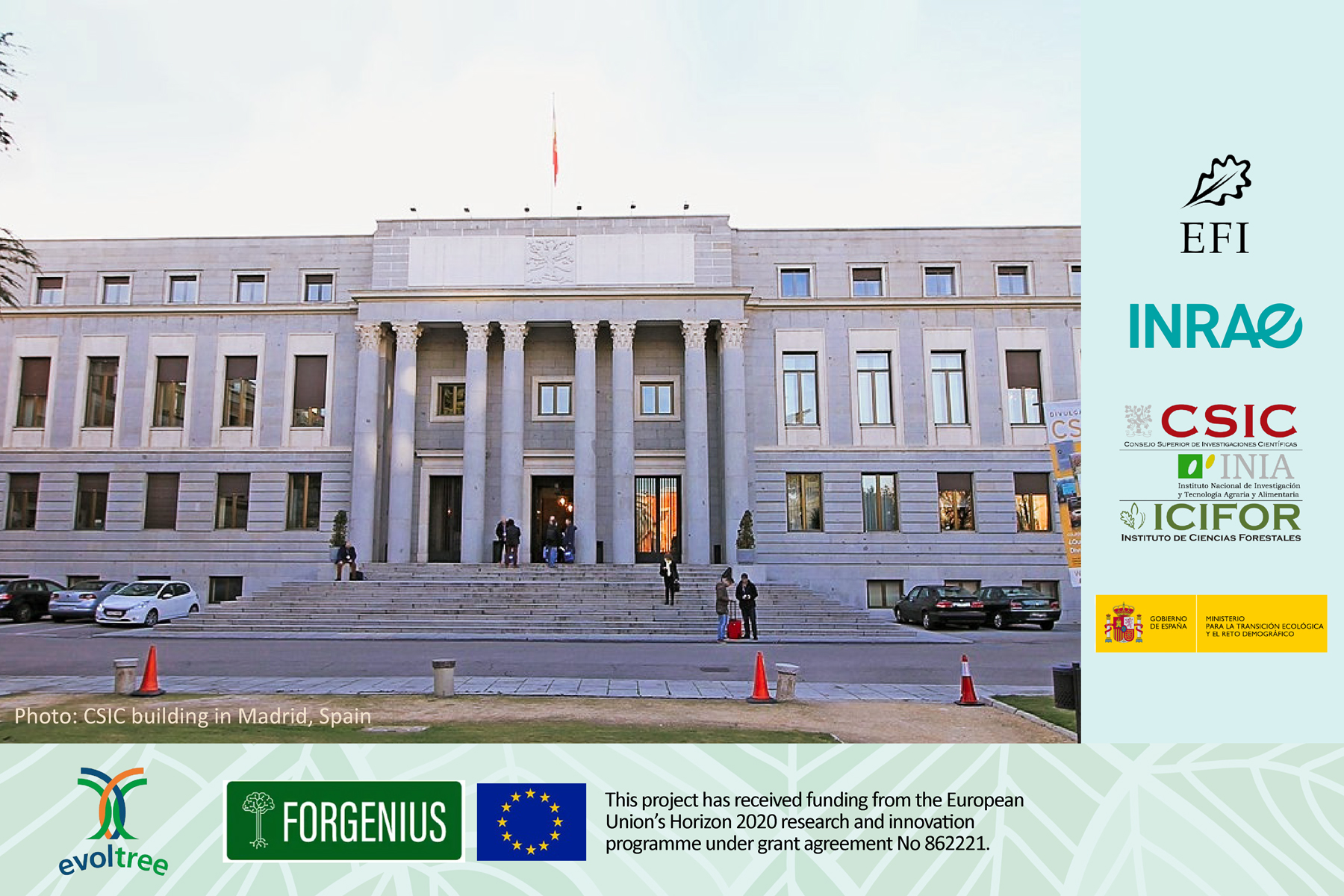Intensive Study Sites
Work in progress
Intensive Study Sites (ISS) are large scale ecosystem plots (a few thousands of hectares) where trees and selected associated species are mapped, genotyped and phenotyped. The sites comprise entire portions of landscapes (agricultural land and woodlands) where trees are present in different configurations (from single trees to edges and woods).
The European wide ISS network of sites is formed by five sites covering boreal, temperate, Mediterranean, alpine and riparian ecosystems, as well as one fully untouched ecosystem and one intensively managed site. These were selected in order to generate a data set on the impact of environmental changes on natural ecosystems distributed over Europe.
Objectives & Challenges
Objectives
- Carry out long term research on the evolution of biodiversity at different hierarchical levels (from genes to phenotypes, from populations to community)
- Assess the spatial structure of biodiversity at various scales and at different hierarchical levels
- Monitor the population dynamics through demographic and genetic approaches, in trees and their associated species, over different spatial scales
- Monitor the interaction between species (trees, other plants, vertebrates, insects and microorganism)
- Provide a large-scale support for training, education and dissemination activities
Challenges
- ISS are large scale infrastructures, researchers are more used to local scale plots
- Each ISS combines intrinsic value and complementarity with other ISSs
- Each ISS effectively achieves integration among partners
- Each ISS is a long-term infrastructure, beyond short term financial support
- ISS serve multiple scientific objectives



